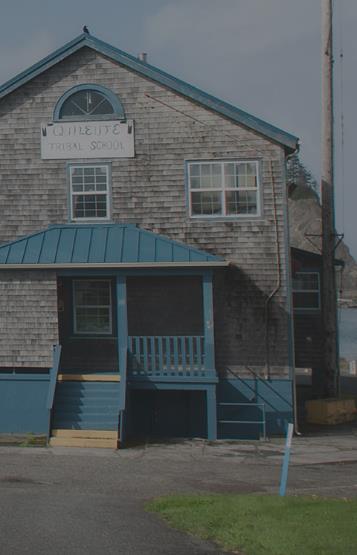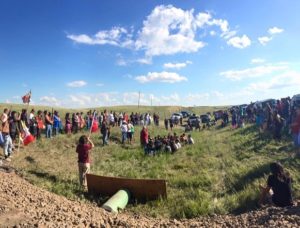National Advocacy
Because of tribal governments’ status as nations, they relate primarily to the federal government, rather than to state or territorial governments. Legislation that concerns Native Americans extends over a wide range of issues, including any issue that a local, state, territorial or national government would deal with.
For more than 40 years, the Friends Committee on National Legislation has advocated in the U.S. Congress on issues affecting Native Americans. Partnering with faith groups and with national organizations of Native Americans, the FCNL has helped to raise the public profile of concerns ranging from religious freedom to tribal lands, and from health care to criminal law jurisdiction. After retiring from FCNL, Ruth Flower prepared a summary of these years called Quakers, Indigenous Peoples and Congress: 40 Years of Engagement, 1976 to 2016. The paper lifts up many of the continuing stories of colonization, resistance, and resilience.
Below are resources about some of the stories that continue today in the U.S. Congress.
Health Care in Indian Country
Issues
Disparities: An April 2018 fact sheet released from the Indian Health Service catalogs current health disparities in Native American communities.
Indian Health Service – About SDPI [Special Diabetes Program for Indians], including stories about successful local tribal programs.
Advocacy
Health Care: Preserving Life in Indian Country, Friends Committee on National Legislation website, October 2017. A short read about advocacy for the federal health care programs that operate in Indian country.
The National Indian Health Board, an advocacy and policy formation organization representing Tribal governments operating their own health care delivery systems and those receiving health care directly from the Indian Health Service (IHS). Check their website for current programs and advocacy.
Reforming the Indian Health Service, Friends Committee on National Legislation website, July 2017. An overview of some the persistent challenges facing the Indian Health Service.

Education in Indian Country
Broken Promises, Broken Schools, a detailed report about the state of Bureau of Indian Education schools in 2011, written by an appointed commission of Native and non-Native investigators. Conditions haven’t changed much since 2011.
Justice and Safety in Indian Country
Issues
In April 2019, CNN posted a story about missing and murdered Native American women, asking why there are so many. The article accompanies a video story about congressional efforts to address the issue. Solutions are hampered by many factors, including the under-funding of tribal law enforcement agencies, complexities of legal jurisdictions, the isolation of many Native women on rural reservations, and the reluctance of federal investigators and prosecutors to prioritize these cases.
We Remember You: Day of Remembrance for Missing and Murdered Women and Girls, Friends Committee on National Legislation website, May 2017
Justice and Violence in Indian Country, Friends Committee on National Legislation website, October 2017
Justice for Native Youth, a brief article by the Friends Committee on National Legislation, April 2017.
Advocacy
Following the Money: Tribal Justice and Violence, a brief article by the Friends Committee on National Legislation, August 2017.
Garden of Truth: The Prostitution and Trafficking of Native Women in Minnesota, a comprehensive report by the Minnesota Indian Women’s Sexual Assault Coalition and Prostitution Research & Education, published by the William Mitchell College of Law in Saint Paul, Minnesota, 2011. [ .pdf]
Land and Water

Standing Rock Water Protectors: We Are Our Own Medicine, a well-presented and very moving report from a delegation sent to Standing Rock in 2016 by the American Friends Service Committee. Includes much wisdom about working across cultures for a common purpose.
The Invasion of America, a project of e-history.org directed by Claudio Saunt of the University of Georgia. This interactive map shows the progression of land-taking from first contact with explorers and colonists to 1887.
Bears Ears Intertribal Coalition tells the story – with beautiful photos – of the continuing struggle to protect Bears Ears in what is now Southeastern Utah.
